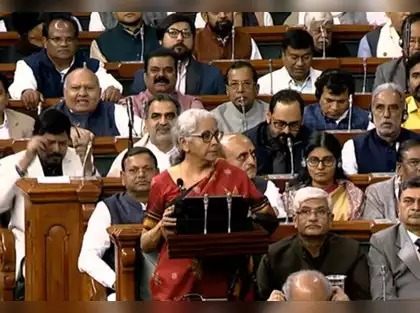India–US Trade Tensions Rise Over Steel and Auto Tariffs NMDC Limited reports a 38% drop in Q4 FY24 consolidated net profit RINL to Raise $23 Million Through Land Sales Amid Crisis

In the Union Budget of February 1, 2023, Finance Minister Nirmala Sitharaman announced an ambitious capital expenditure (capex) push aimed at boosting economic growth, allocating over 3% of India's GDP, totaling around ₹ 10 lakh crore. Analysts hailed this move as pivotal for sustaining India's economic revival.
The government emphasised the multiplier effect of capex, foreseeing it as a catalyst to encourage private sector investments. This strategic fiscal approach aimed to amplify economic growth, leveraging each rupee spent to yield three times the amount.
The robust increase in the government's capital expenditure, soaring from ₹ 4.1 lakh crore in FY21 to the earmarked ₹ 10 lakh crore in FY24 (Budget Estimate), not only fueled growth but also kickstarted private sector investments.
Analysts and data released by the Finance Ministry in December highlighted the significant contribution of the government's capex push to India's GDP growth. The capital expenditure by Central Public Sector Enterprises (CPSEs) surged, surpassing 52% of the budget target in the first half of the current financial year, indicating a positive trend compared to the previous year.
While India's capex to GDP ratio has shown a considerable increase since FY20, it still lags behind its peak in 2010 by 500-600 basis points. However, research suggests that the country's expanding capex cycle, encompassing housing, corporate, and government investments, could shield India from potential global economic slowdowns.
Experts foresee further expansion in the investment cycle, with projections indicating a potential rise in capex to near-decade highs of 30% of nominal GDP in FY24. Despite this, the investment share in the economy declined to 27% in FY21 from its peak of 35%, suggesting substantial potential for growth and recovery in the capex cycle.
Also Read : GST department doubles down efforts to reach FY24 targets Parliament panel recommends govt to seek 3-year deferment on EU carbon tax for MSMEs